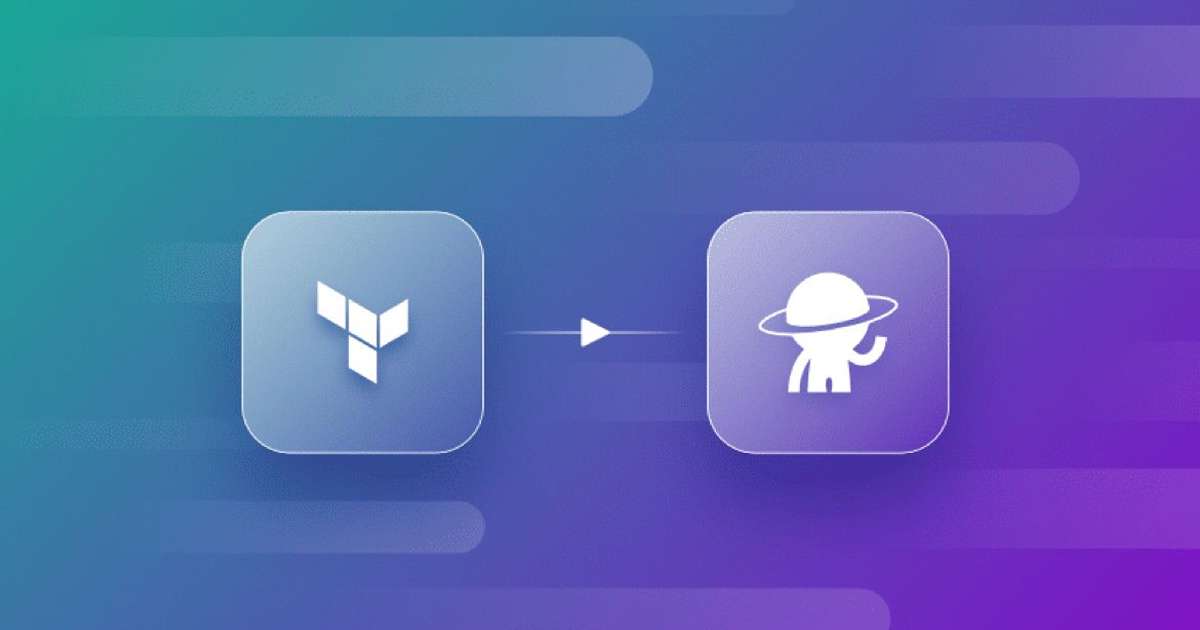Terraform vs Kubernetes: A Comparison in Cloud Computing & DevOps

When talking about cloud computing and DevOps, two names frequently pop up: Terraform and Kubernetes. They’re both powerful tools, but they serve different purposes and shine in different aspects of managing IT systems.
Terraform vs. Kubernetes: Getting To Know the Tools
You must first understand what each cloud infrastructure tool means in order to understand the differences between Kubernetes and Terraform:
What is Terraform?
You can manage your computer systems as code with the help of Terraform, a free tool from HashiCorp. You can describe your systems using a language called HCL or JSON. With Terraform, you can manage things like virtual machines, networks, and storage on different cloud services and in your own office.
Terraform is great when you need to set up and manage your computer systems consistently and efficiently. Here are some situations where Terraform comes in handy:
- Writing Code for Infrastructure: If you want to manage your systems using code, Terraform lets you do that. Your virtual machines, networks, and files can be set up, updated, and managed with code.
- Using Multiple Clouds: If you’re using different cloud services or a mix of cloud and on-site systems, Terraform can manage them all in one place.
- Automating Setup: Setting up your systems automatically with Terraform can save you time and keep you from making mistakes.
- Handling Growth: As your needs grow, Terraform can scale up to manage more systems without a lot of extra work.
- Making Changes Easily: Terraform makes it simple to update and change your systems, keeping them running smoothly.
What is Kubernetes?
Kubernetes, frequently abbreviated to K8s, is a free platform for managing containers that Google created. It makes deploying, scaling, and managing containerized apps easier. Kubernetes helps you run your apps in containers across many computers.
Kubernetes is great for managing and running lots of containerized apps smoothly. Here are some times when you might want to use Kubernetes:
- Running Containers: If you’re using containers to run your apps, Kubernetes can help you manage them easily.
- Handling Lots of Traffic: When your apps need to handle a lot of users or data, Kubernetes can scale them up automatically to keep things running smoothly.
- Keeping Apps Running: Kubernetes can detect when an app stops working and restart it so your apps stay online and available.
- Using Resources Efficiently: It can also make sure your apps use your computer resources efficiently so you get the most out of your hardware.
- Updating Apps Safely: Kubernetes can update your apps without taking them offline, so your users won’t even notice the change.
- Running Apps Anywhere: Whether you’re using a cloud service or your servers, Kubernetes can run your apps in the same way, making it easy to switch between them.
Terraform vs Kubernetes: Understanding the Differences
While both Terraform and Kubernetes deal with infrastructure management, they operate at different levels and have different purposes:
Infrastructure Provisioning
Terraform focuses on provisioning and managing infrastructure components like virtual machines, networks, and storage across various environments.
.
On the other hand, Kubernetes is all about making it easier to launch, scale, and manage containerized apps.
Configuration Management
With Terraform, you tell it what state you want your infrastructure to be in by using a declarative method. Then, Terraform makes a plan to get to that state.
Kubernetes also uses a declarative approach to define the desired state of your application’s containers and configurations, ensuring that the actual state matches the desired state.
Use Cases
Terraform is ideal for managing infrastructure components and provisioning resources in a cloud-agnostic way, making your infrastructure reusable and scalable.
Kubernetes has features like service discovery, load balancing, and auto-scaling that make it easy to launch and manage containerized apps at scale.
Integration
Terraform can be used alongside Kubernetes to provide the underlying infrastructure needed to run Kubernetes clusters. This includes provisioning virtual machines, networks, and storage.
Kubernetes itself doesn’t directly manage infrastructure provisioning; it relies on tools like Terraform to provision the underlying infrastructure.
Scalability and Complexity
Terraform is relatively easy to learn and use, making it suitable for managing infrastructure across different environments.
Kubernetes is powerful, but it takes longer to learn because its design is more complicated. It works better for businesses that want to deploy and handle a lot of containerized apps.
Can you use Terraform with Kubernetes?
When you use Terraform with Kubernetes, you’re combining two powerful tools to manage your infrastructure and applications effectively. Terraform comes first and helps you build the base for your Kubernetes system. It sets up things like virtual machines, networking, and storage, providing the environment where Kubernetes will run.
Once Terraform has laid the groundwork, Kubernetes will take over managing your applications. It handles tasks such as deploying your apps, ensuring they’re running smoothly, and scaling them up or down as needed. It’s easier to keep and grow your apps over time when you use this combination because it lets you automate a lot of the management of your infrastructure.
Terraform vs. Kubernetes: Effectively Utilize the Tools
Terraform and Kubernetes are both powerful tools in the cloud computing and DevOps worlds, but they have different purposes and strengths. Terraform is great for managing infrastructure components and provisioning resources, while Kubernetes excels in container orchestration and managing containerized applications. If you know about these changes, you can pick the best tool for managing your infrastructure.

